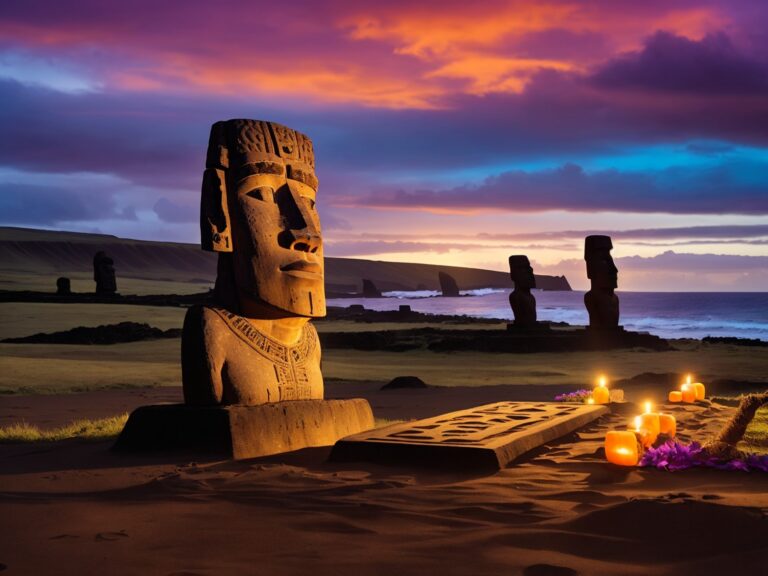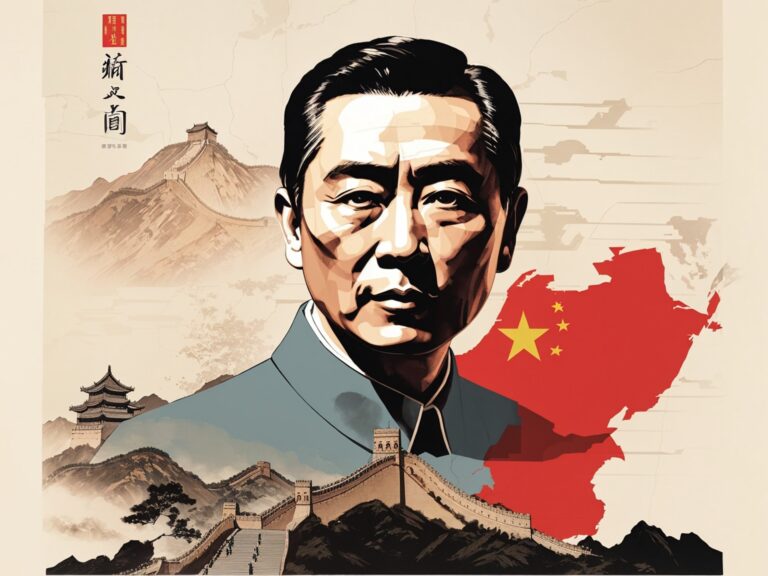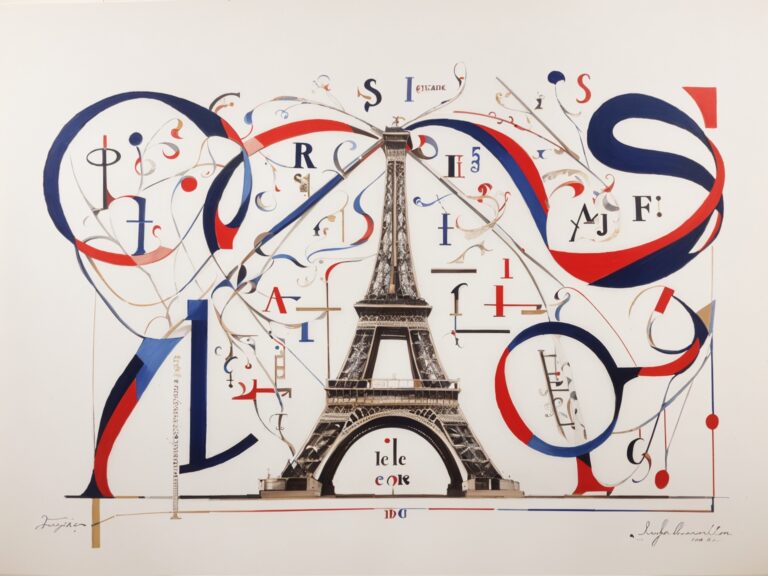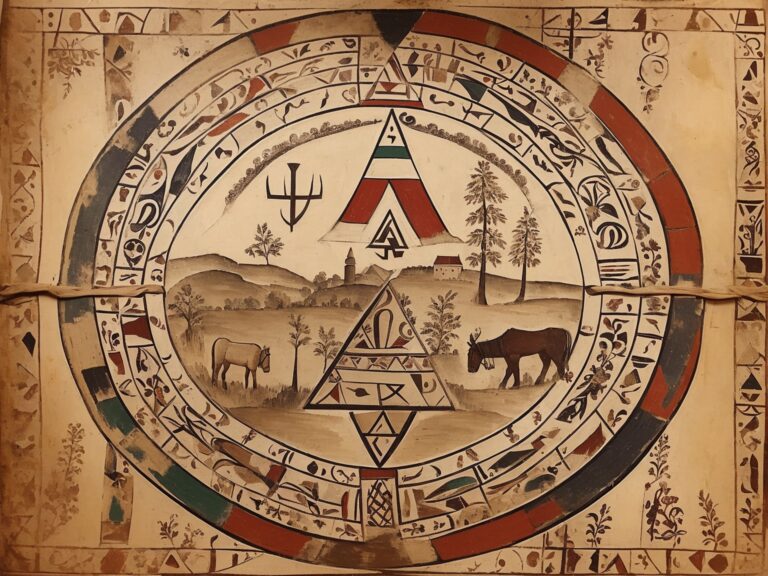The global field of military communication has seen a variety of innovative and inventive strategies over centuries, from flag signals and drum beats to satellite transmissions and cyber encryption. During the historical narrative of this complex discipline, one unique practice that stands out is the use of the Navajo language as a code during World War II by the United States. This decision was not arbitrary, nor was it random, but it was the result of a complex interplay of factors that made Navajo a strategically viable and, indeed, a preferred choice for this critical task.
The main advantage of using Navajo, a language indigenous to the Native American tribe of the same name, lay in its inherent complexity and obscurity. The language’s structure and features made it virtually impossible for enemy codebreakers to decipher, offering an unparalleled level of secrecy and security in military communications.
The Uniqueness and Complexity of the Navajo Language
One must first understand the unique attributes of the Navajo language that made it a robust choice for military code. Navajo, or Diné Bizaad as it is known to its speakers, is a language of the Apachean subgroup of the Athabaskan language family, spoken primarily by the Navajo people residing in the Southwestern United States. It is typologically unique and differs significantly from the Indo-European languages that were predominantly spoken in the regions involved in World War II, such as English, German, and Japanese.
The complexity of Navajo originates from its phonetic system, grammar, and syntax that are vastly different from many other languages. Its verb-centric structure, where verbs are richly detailed and the subject and object can be included within the verb itself, stands in contrast to English and other European languages that are generally noun-centric. Additionally, Navajo employs a variety of tonal inflections and nasal sounds that further increase its phonetic complexity.
Obscurity and Limited Understanding
The Navajo language was, and still is, relatively obscure and less-studied. By the time of World War II, it was spoken by fewer than 170,000 people, a small number considering global demographics. The Navajo people’s historical and geographical isolation meant that the language was primarily confined to North America’s southwest region. There were few non-Navajos who were proficient in the language, and the number of linguistic experts outside of the tribe was minuscule.
Moreover, there were no extensive or easily accessible Navajo language learning resources available at the time, making it difficult for an outsider to gain a comprehensive understanding of the language quickly. Furthermore, the Navajo language was unwritten until the late 19th century, and the writing system was not widely known or used, even by the time of World War II. This fact made it less likely for enemy forces to have textual references or resources that could aid in deciphering the language.
Application in Military Code
The United States Marine Corps recruited Navajo speakers, who came to be known as Navajo Code Talkers, for the Pacific theatre during World War II. Their primary task was to send and receive coded military messages in Navajo. A military code was developed that used Navajo words for common military terms, making it a double encryption – not only was the code itself complex, but it was further complicated by the Navajo language’s inherent complexity.
This language-based code provided a distinct strategic advantage in terms of speed. Since it was a spoken code, it could be communicated and deciphered quickly by those trained in it, much faster than mechanical encryption and decryption processes available at the time.
Conclusion
The use of Navajo as a military code language during World War II exemplifies the intersection of linguistics and military strategy. The inherent complexity, obscurity, and limited understanding of Navajo made it a powerful tool for secure communication. The unique features of Navajo offered an unprecedented level of security in transmitting sensitive information, which was instrumental in the American military’s strategic maneuvers and operations during the war. This fascinating piece of history underscores the importance of cultural and linguistic diversity, providing insights that go beyond conventional warfare strategies and tactics.








